Discover Miyajima: 5 Fascinating Secrets of Japan's Sacred Island
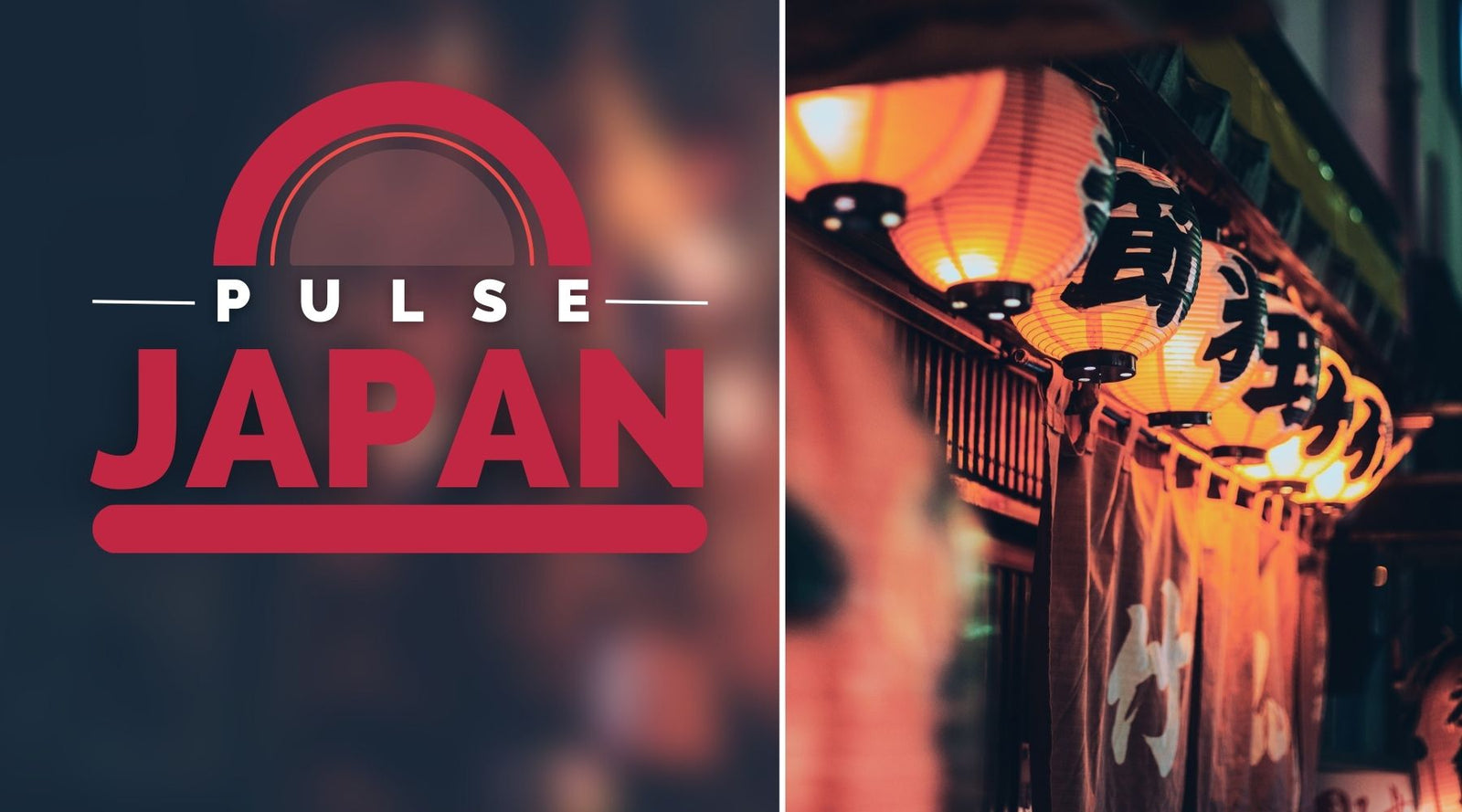
Welcome to Miyajima, a charming island just a short ferry ride from Hiroshima, where tradition and natural beauty intermingle in an ethereal dance. Officially known as Itsukushima, this stunning isle is renowned for its "floating" torii gate, divine mountains, and ancient temples. But hold on—there’s much more to Miyajima than what meets the eye! This sacred site has a history and atmosphere that hooks visitors from all corners of the globe.
So, what's the big deal about Miyajima being a sacred site? Imagine an entire island considered holy ground. The island is deeply rooted in Shinto beliefs; in fact, the island itself is worshipped as a deity. No kidding, the very land you tread is sacred! Thanks to this divine status, Miyajima is home to unique architectural features that set it apart. Itsukushima Shrine, for instance, isn’t built on land but floats enchantingly on the shoreline, making it appear otherworldly when high tide rolls in.
Established as early as the 6th century, the site around Mount Misen was a spiritual hub long before it became a tourist magnet. Locals believed the mountain to be the dwelling place of gods, adding layers of mystique to an already enchanting landscape (Japan Guide).
Intrigued? Hold on tight as we reveal five fascinating secrets of Miyajima that add to its irrefutable charm!
-
The Island of the Gods - Learn why the island itself is considered divine and discover the special architectural traits born from this belief.
-
The Floating Torii Gate - Explore the iconic torii gate that seemingly floats on water during high tide and is part of the UNESCO World Heritage Site, Itsukushima Shrine.
-
Mount Misen's Eternal Flame - Get to know the highest peak of the island where an eternal flame has burned for over a thousand years, thanks to the monk Kobo Daishi.
-
The Battle of Miyajima - Delving into the strategic importance and historical impact of a significant 16th-century battle that took place on the island.
-
Culinary Heritage: The Wooden Rice Scoop - Unearth the origins of the island’s flagship wooden rice scoop and how it ties into Miyajima’s spiritual and economic fabric.
Grab your virtual passports because this journey into Miyajima promises not just historical insights but a sneak peek into an experience that stays with you long after you’ve left its shores.
Fasten your seatbelts because up next is why Miyajima is not just any island but "The Island of the Gods."
1. The Island of the Gods
Miyajima, aptly known as the Island of the Gods, weaves a celestial tapestry where divinity and nature converge. It's not just an ordinary island; it's revered as a living god in the Shinto religion, which craves veneration (Miyajima).
Imagine an entire island being a deity! Yes, that's Miyajima for you. This mystical isle, also referred to as Itsukushima, has been a sacred ground since the 6th century (Dive Hiroshima) and is renowned for the aura that engulfs it. According to Shinto beliefs, this sacred status isn’t a small thing—it's said that the spirit of the kami (god) inhabits the island, making the land itself holy (Britannica).
What makes Miyajima even more enchanting are its architectural marvels, perfectly in sync with its divine status. The Itsukushima Shrine stands as an iconic structure, built right on the seashore rather than inland. This placement isn't random but a direct result of the island's sanctity (Architectural Moleskine). The shrine's unusual design, inspired by the devotion to the deity of the sea, showcases the harmonious outer-world charm that makes this place a UNESCO World Heritage Site.
Miyajima's architecture doesn't merely serve aesthetic delights; it intricately weaves the spiritual with the tangible. Take the stage-like platforms and corridors that connect one shrine to another. These are not just walkways but sanctified routes, enabling you to walk amidst divinity. Imagine strolling through a path the gods themselves might tread!
But let’s not forget the natural landscape. Miyajima isn’t merely an island with temples—it's a sanctuary where natural elements play pivotal roles. Due to its sacred status, there’s a blend of untouched natural beauty and man-made spiritual havens that dot the landscape. The island's towering hills and coastal lines create a setting that breathes purity and reverence, true to Shintoism's core values.
Without diving too much into the future chapters, let’s just say that the awe-inspiring nature of Miyajima isn’t confined to its sacredness alone. Its elements—from the famed Floating Torii Gate to the eternal flame on Mount Misen—each hold a unique tale of their own.
So, ready to embark on a journey where every stone, tree, and building might just be whispering ancient secrets to you? Hold on tight as we continue to explore the ethereal wonders of Miyajima!
2. The Floating Torii Gate
Imagine a gate that looks like it's floating on water, gently shifting with the tides like it’s serenading the sea. That vision comes alive with Miyajima’s iconic Floating Torii Gate. This bright vermilion structure isn't just a pretty picture—it's an integral part of the island’s mystique and spiritual allure.
The Floating Torii Gate pulls off the ultimate optical illusion. At high tide, it appears to be floating effortlessly on the waters of the Seto Inland Sea, a scene that has enchanted visitors for centuries. This phenomenon isn't magic but a clever interplay between nature and ancient engineering. The gate stands on its own weight, free from any rods or fasteners, allowing it to endure the tidal shifts (Japan Guide).
More than just a visual delight, the torii gate serves a profound symbolic purpose. In the Shinto religion, a torii marks the transition from the profane to the sacred. Thus, passing through it signifies entering a holy space where the presence of kami, or spirits, is believed to be stronger (Wikipedia). For centuries, pilgrims would navigate their boats through the torii before stepping on the sacred grounds of the Itsukushima Shrine, underlining its significant spiritual role (Wikipedia).
Itsukushima Shrine, coupled with the Floating Torii Gate, underscores traditional Japanese architecture’s genius. Both the shrine and the torii were ingeniously constructed on the tidal flats, contributing to the illusion of floating structures. This unique design was not only aesthetically pleasing but also symbolically profound, manifesting harmony between human creativity and natural settings (Japan Travel).
It's no surprise that this floating marvel, along with the Itsukushima Shrine, has earned a spot on the esteemed UNESCO World Heritage list. The shrine complex is a testament to outstanding artistic and technical prowess from Japan’s Heian period (8th-12th centuries). The site has been meticulously maintained to preserve its historical and cultural integrity over the years (UNESCO).
Standing in the presence of this mystical gate, one can almost feel the blend of past and present, nature and craftsmanship. Yet, this is only a fragment of what makes Miyajima a place of endless wonder. As we shift our gaze from the shoreline, there's another legend that lives high above, illuminating the island in more ways than one.
3. Mount Misen's Eternal Flame
Ascend Miyajima's Mount Misen and you'll discover a sacred fire that's been burning for an astounding 1,200 years. Yes, you read that right: over a millennium! This flame, known as the Eternal Flame or Kiezu-no-hi, was lit by none other than Kobo Daishi, the legendary founder of the Shingon Buddhist sect in Japan (Atlas Obscura).
Now, why all the fuss about a perpetually burning campfire? In Buddhism, fire isn't just for roasting marshmallows—it's a potent symbol of enlightenment. The Eternal Flame represents the unbroken transmission of Buddha's teachings. Think of it as the original "fire emoji," signaling continuous spiritual insight and wisdom (Wikipedia).
But wait, there's more! The flame's influence extends beyond its immediate vicinity. It's believed to have kindled the sacred fire used in the Flame of Peace at the Hiroshima Memorial Peace Park, adding even more layers of significance to this already mystical blaze (Atlas Obscura).
Beyond the Eternal Flame, Mount Misen itself is a treasure troam of natural and spiritual goodies. Imagine misty forests, rocky outcrops, and serene vistas that stretch as far as the eye can see. It’s no wonder Kobo Daishi chose this mystical locale for his centuries-long meditation and enlightenment. You might find yourself bumping into other quirks of the mountain, like the Mandara-iwa—a gigantic bedrock face emblazoned with Sanskrit characters and illustrations of Kobo Daishi (Wikipedia).
From the water's edge with its floating torii gate to the mountain's peak where the Eternal Flame burns on, Miyajima is a sanctuary of the sacred, a testament to human reverence and the enduring power of belief.
Time to lace up those hiking boots and get a firsthand look, don't you think?
4. The Battle of Miyajima
Ah, the 16th century! A time when samurai clashed, and every hill, shrine, and island could become the next battlefield. On Miyajima, the island known for its tranquility and sacred Shinto sites, something extraordinary took place—the famous Battle of Miyajima. In 1555, Mōri Motonari masterminded a plan so crafty it deserves its own stage in Japanese history (Miyajima Tourist Association).
The stakes couldn’t have been higher. The battle was pivotal in the campaign for control over the Ōuchi clan, which held Aki Province—a strategic region essential for power over western Honshu (Wikipedia). Samurai leader Sue Harukata, having forcefully taken control of the Ōuchi clan, faced off against Mōri Motonari. What made this battle even more extraordinary was its location. Fought directly on the sacred ground of Miyajima, the entire island had to undergo extensive purification rituals afterward because no death should be allowed in such a holy location.
Enter Mōri Motonari, a mastermind in both strategy and deception. A clever use of psychological warfare led to the construction of the Miyao Castle, a tempting target for Sue Harukata. Sue attacked Miyao Castle with a fleet of merchant vessels, believing Mōri’s defenses were weak. Little did he know, Mōri had a grander plan. While Sue was distracted by the frontal assault, Mōri teamed up with local pirates and launched a surprise attack from behind (Wikipedia).
It was like a scene from a blockbuster. Mōri’s forces, arriving via the cover of a thunderstorm, hit Sue’s army when they least expected it. Caught off guard, many of Sue's troops were killed; some even tried to swim back to the mainland but met their watery deaths instead.
When the dust settled, Mōri Motonari emerged victorious. Approximately 4,700 of Sue’s troops had perished, and Sue Harukata himself committed suicide (Wikipedia). Mōri’s cunning not only solidified his control over western Japan but also cemented his reputation as a brilliant strategist and tactician.
Given the island's sacred status, the aftermath was equally striking. Extensive purification took place to cleanse the blood-soaked grounds, to the extent of removing and scrubbing blood-stained soil (Wikipedia). How’s that for dedication to sanctity?
The Battle of Miyajima wasn’t just another date in the calendar; it was a game-changer, setting the tone for future power struggles in the region. It also showcased Miyajima’s critical role in Japanese history, beyond its serene landscapes and sacred shrines.
As we delve deeper into Miyajima's features, we'll uncover even more about how the island's unique culture and traditions have evolved over time. Stay tuned to learn about a culinary heritage that ties directly back to Miyajima's spiritual essence.
5. Culinary Heritage: The Wooden Rice Scoop
As you stroll through Miyajima, you'll likely encounter numerous wooden rice scoops or "shamoji" displayed in shops and historical sites. But did you know that these scoops hold a deeper story rooted in divine inspiration? Legend has it that the origin of the wooden rice scoop dates back to the Edo period when a revered monk named Seishin had an ethereal vision. One night, Seishin dreamt of Benzaiten, the goddess of water, music, poetry, and good fortune, playing a biwa (a traditional Japanese lute). The vision led Seishin to carve the first rice scoop, mimicking the shape of the biwa, as a way to bring prosperity to the island's inhabitants (Muza-Chan).
The scoop's design wasn't arbitrary. It mirrored the shape of the biwa lute, which Benzaiten is often depicted with, tying the culinary tool deeply to spiritual beliefs. This wasn't just about making a useful kitchen utensil; it was about infusing something mundane with divine blessings. The first rice scoops were more than wooden tools; they became talismans of good fortune for the people of Miyajima. The scoop's spiritual significance is further highlighted by the island's overarching sanctity, where even its sand and stones are considered divine (Dive Hiroshima).
These blessed rice scoops soon became a cornerstone of Miyajima's local economy and culture. The islanders, initially dependent on pilgrims visiting the Itsukushima Shrine, now had a sustainable alternative. The crafting of these scoops evolved into a significant local industry, providing economic resilience. Today, wooden rice scoops are more than mere kitchen utensils; they are cultural symbols and popular souvenirs. The largest example of this craftsmanship stands at a staggering 7.7 meters long and weighs over 2.5 tons—a monumental tribute to this humble object’s importance. Located in Omotesando shopping street, this enormous scoop is a testament to the craft's enduring place in local culture (Atlas Obscura).
As you absorb the island's spiritual atmosphere, you'll find that even simple objects like the wooden rice scoop carry profound significance. This interweaving of the sacred and the everyday creates a unique cultural fabric that captivates visitors.
Having explored the fascinating origins and impacts of the wooden rice scoop, we continue our journey into the timeless allure of Miyajima, where history, spirituality, and daily life seamlessly blend.
Conclusion
As we draw our mystical journey through Miyajima to a close, let's take a moment to recap this island's rich tapestry of wonders. We've explored its divine essence, dubbed "The Island of the Gods," where spiritual energy saturates the air. Miyajima’s sacred status in Shinto belief is tangibly felt through every shrine, tree, and stone, presenting an ambience that's truly otherworldly.
Then, we were awed by the gravity-defying Floating Torii Gate. This iconic structure, seemingly suspended above the water during high tide, isn't just a photographer's dream but a monumental representation of spiritual and architectural harmony. As part of the UNESCO World Heritage Site, the Itsukushima Shrine, this gate is nothing short of legendary.
Scaling the heights of Mount Misen, we encountered the Eternal Flame, burning continuously for an awe-inspiring 1,200 years. Lit by the revered Kobo Daishi, this flame isn't just a fire—it's a symbol of enlightenment and hope, chosen even to ignite the Flame of Peace in Hiroshima's Memorial Park.
Then, the history buffs among us marveled at the strategic cunning and valor displayed during the Battle of Miyajima in the 16th century. The island’s blood-soaked past contrasts dramatically with its serene present but adds an indelible chapter to Miyajima’s historical lore.
Lastly, who knew a humble wooden rice scoop could carry such weight? The shamoji isn’t just a kitchen utensil but a spiritually significant and economically pivotal artifact, embodying the ingenuity and spirit of Miyajima’s people.
But what makes Miyajima so irresistible? Despite its size, the island offers so much more than just Instagram-worthy shots. It's a place where spirituality and history seamlessly intertwine with natural beauty. Imagine starting your day at the pristine Itsukushima Shrine, hiking through verdant paths to Mount Misen, and wrapping up with local delicacies that tantalize both taste buds and soul.
This blend of sacred and scenic has beckoned pilgrims and tourists for centuries, each finding something uniquely personal—be it spiritual solace, historical insights, or natural beauty unmatched elsewhere.
So, why should you make the pilgrimage to Miyajima? Because some places need to be felt, not just seen. Walk its sacred grounds, let the sounds of relics and legends whisper in your ear, and soak up the tranquil beauty that has, for generations, made this island a treasure trove of experiences.
Feel the spiritual energy at shrines and temples, be enchanted by the sight of the Floating Torii, bask in the warmth of the Eternal Flame, honor the island’s storied past, and don’t forget to take home a wooden rice scoop—a small but mighty piece of Miyajima’s magic.
Whether you're a historian, a foodie, or a spiritual seeker, Miyajima will captivate you, inviting you to return long after you've left its shores. So pack your bags and let the charm of this sacred island unfold before you.













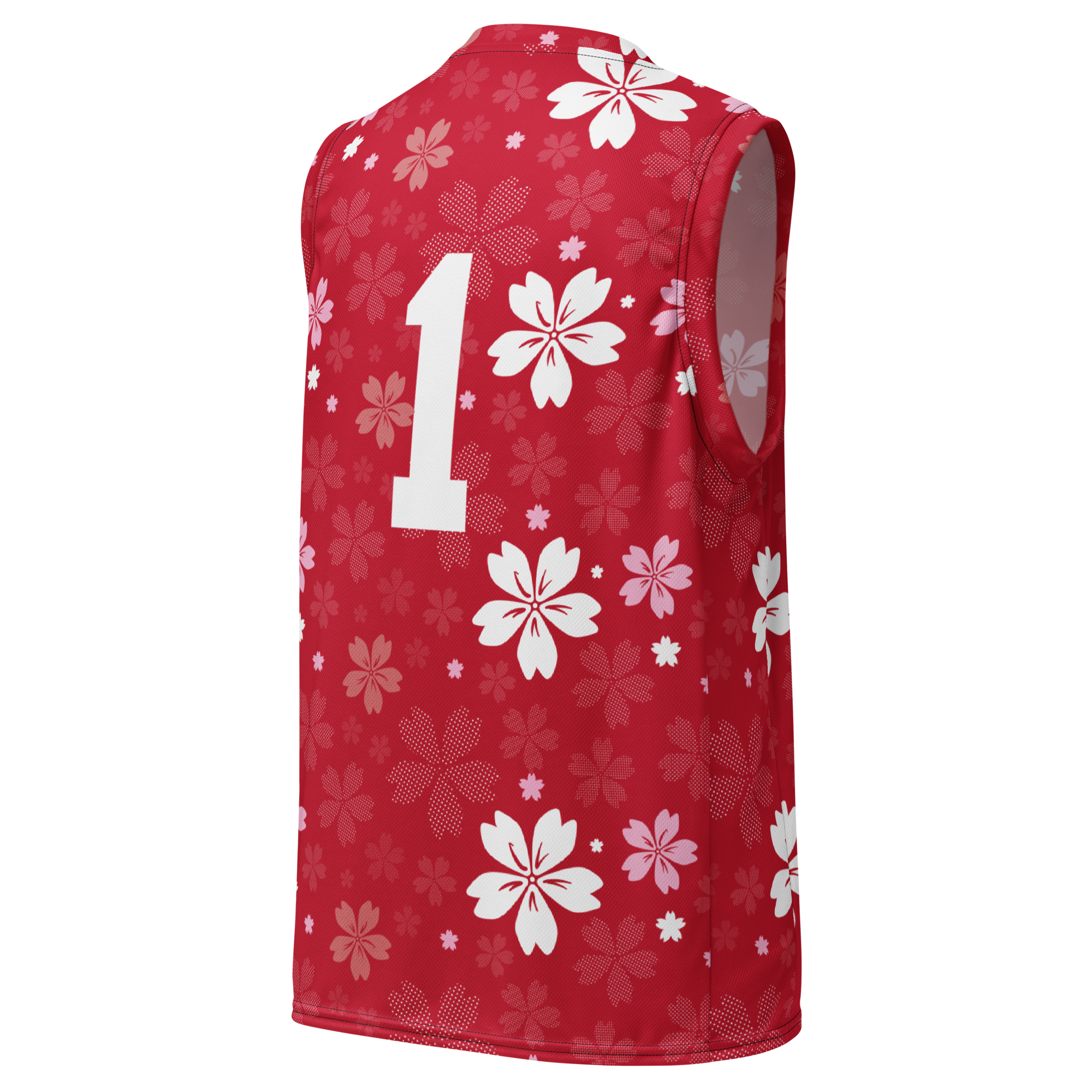








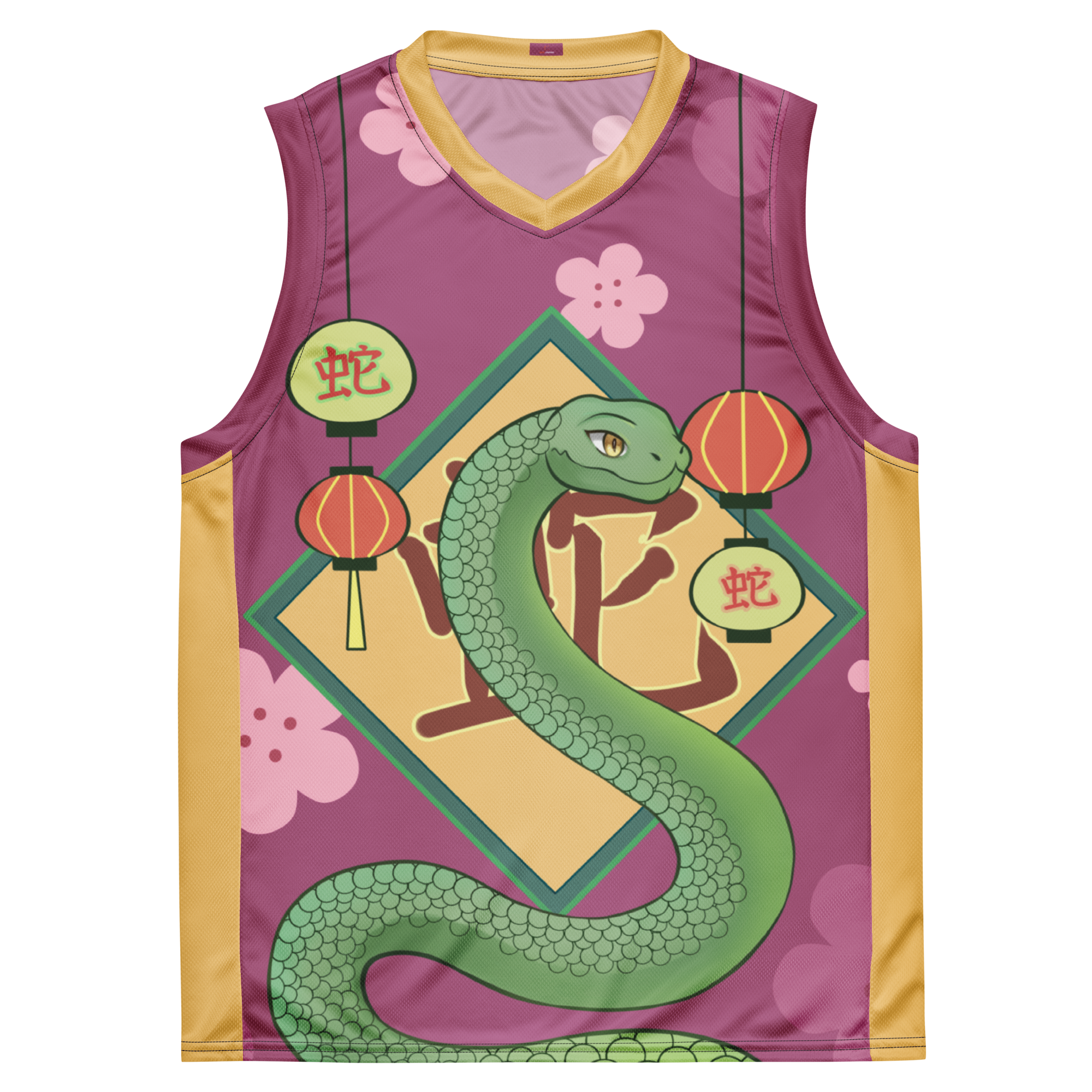
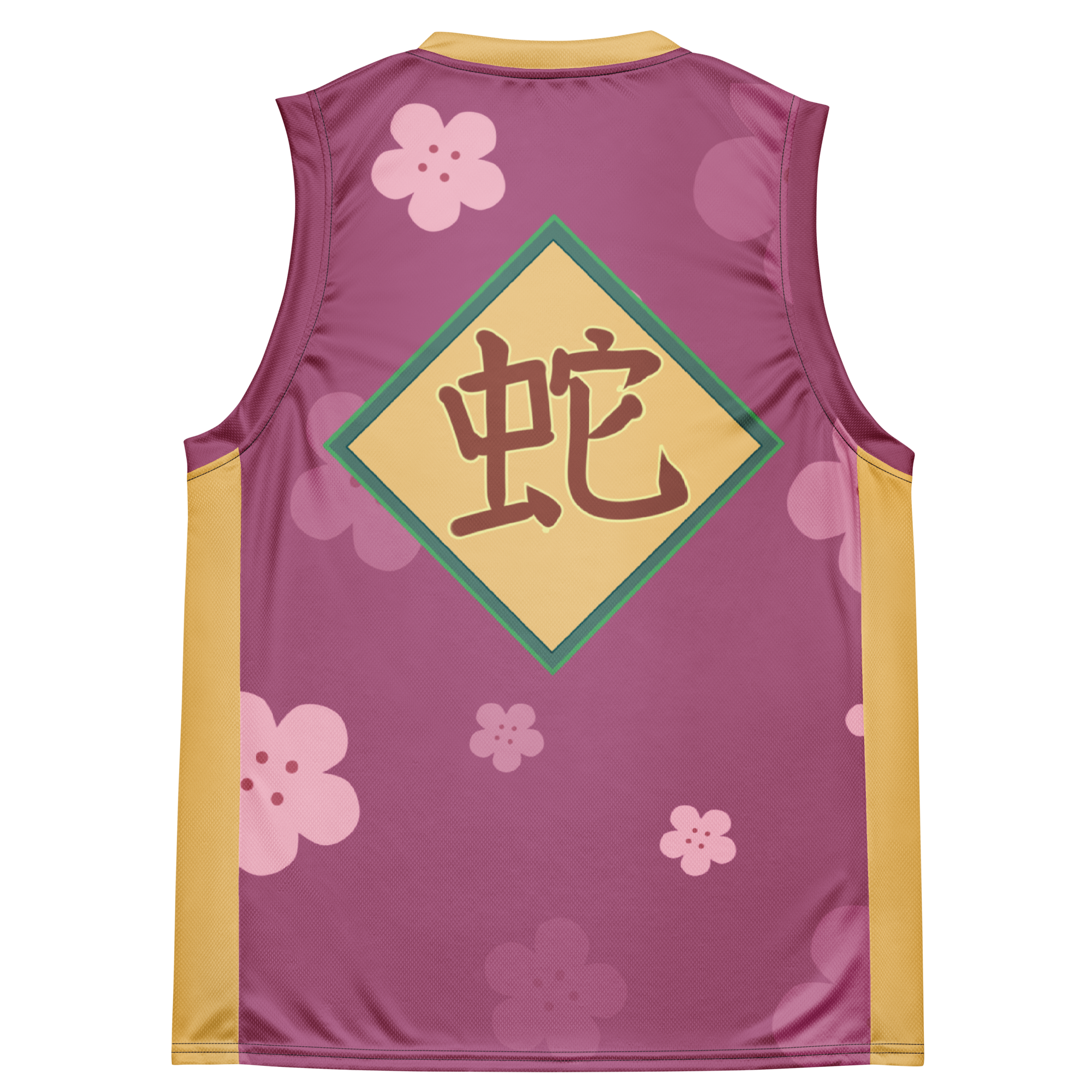
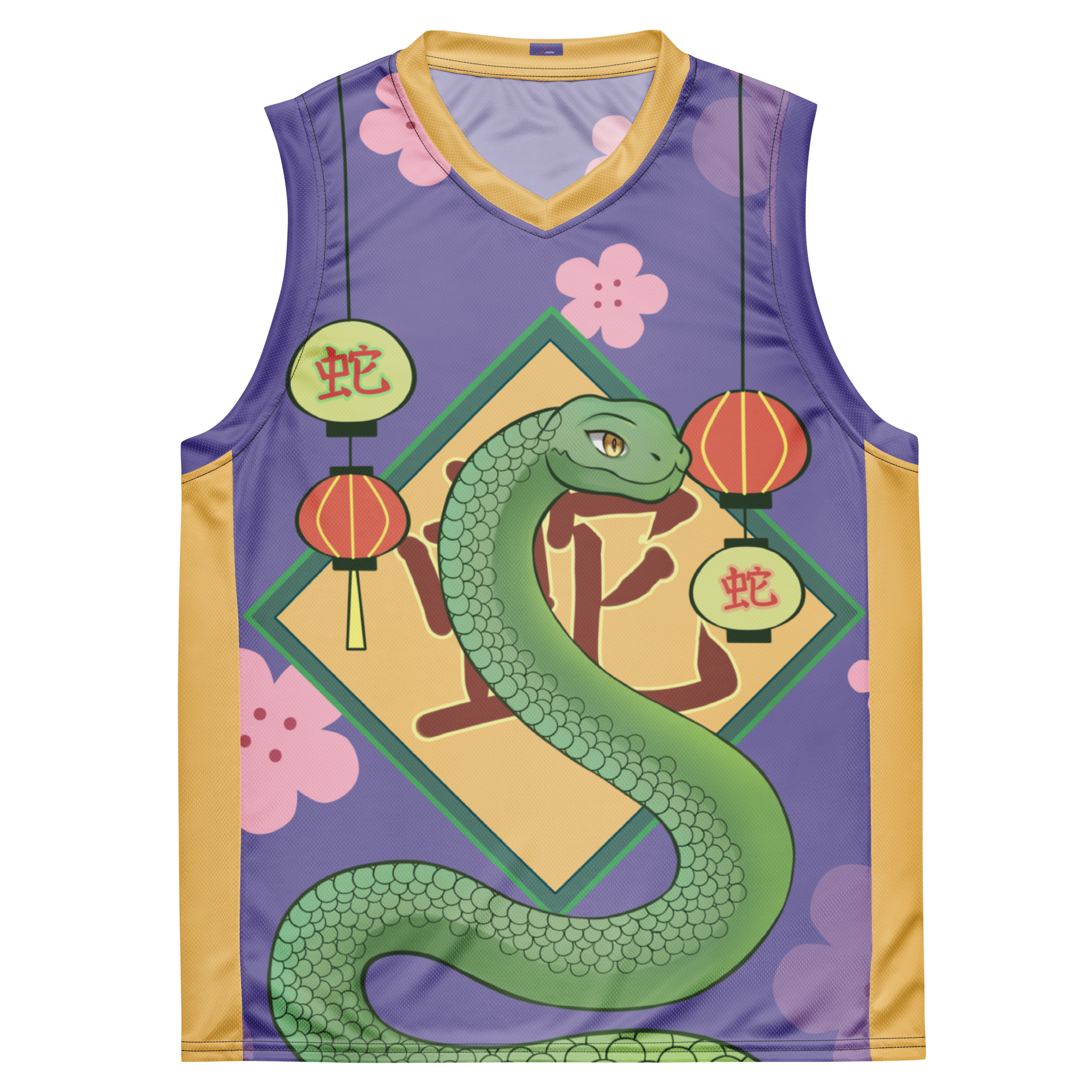
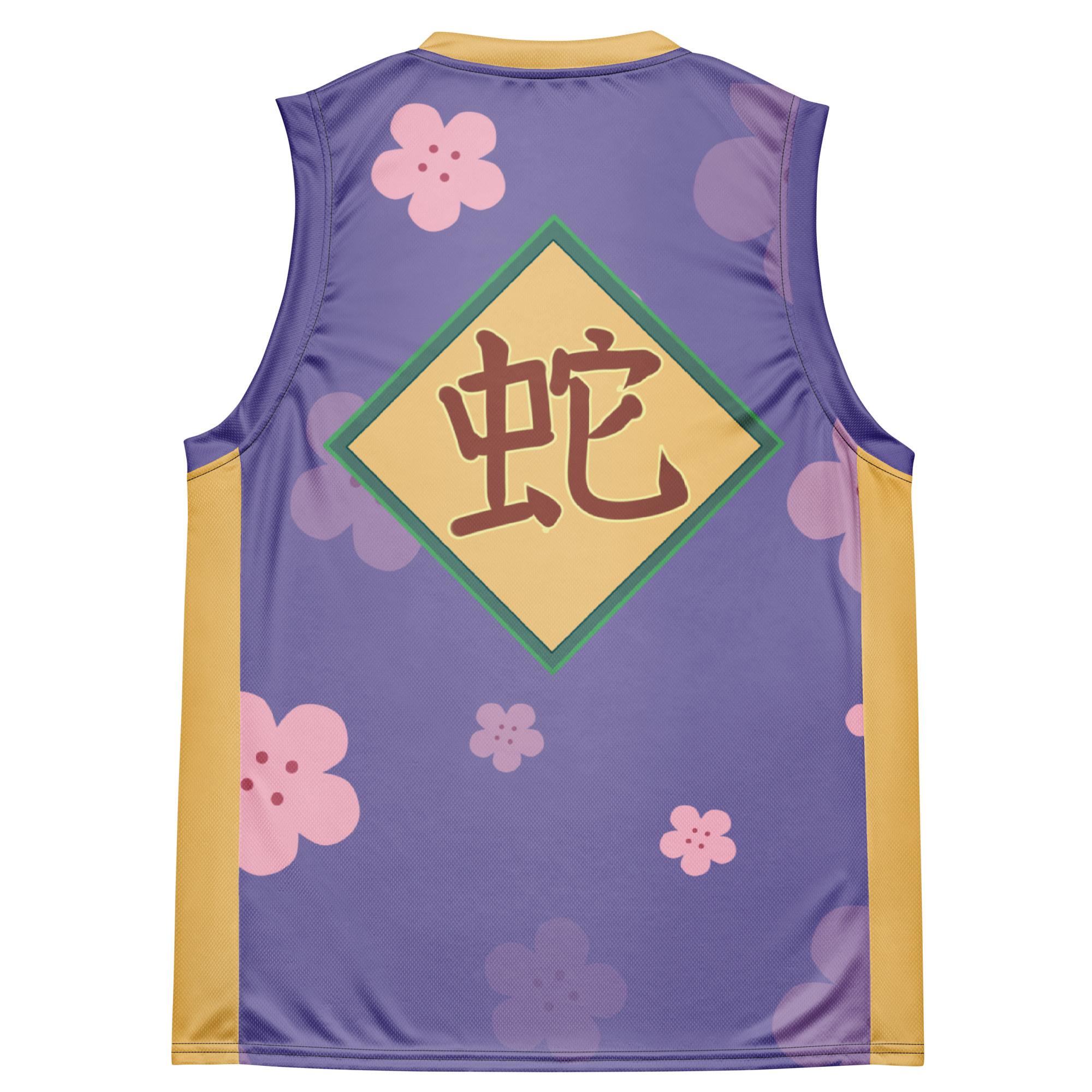
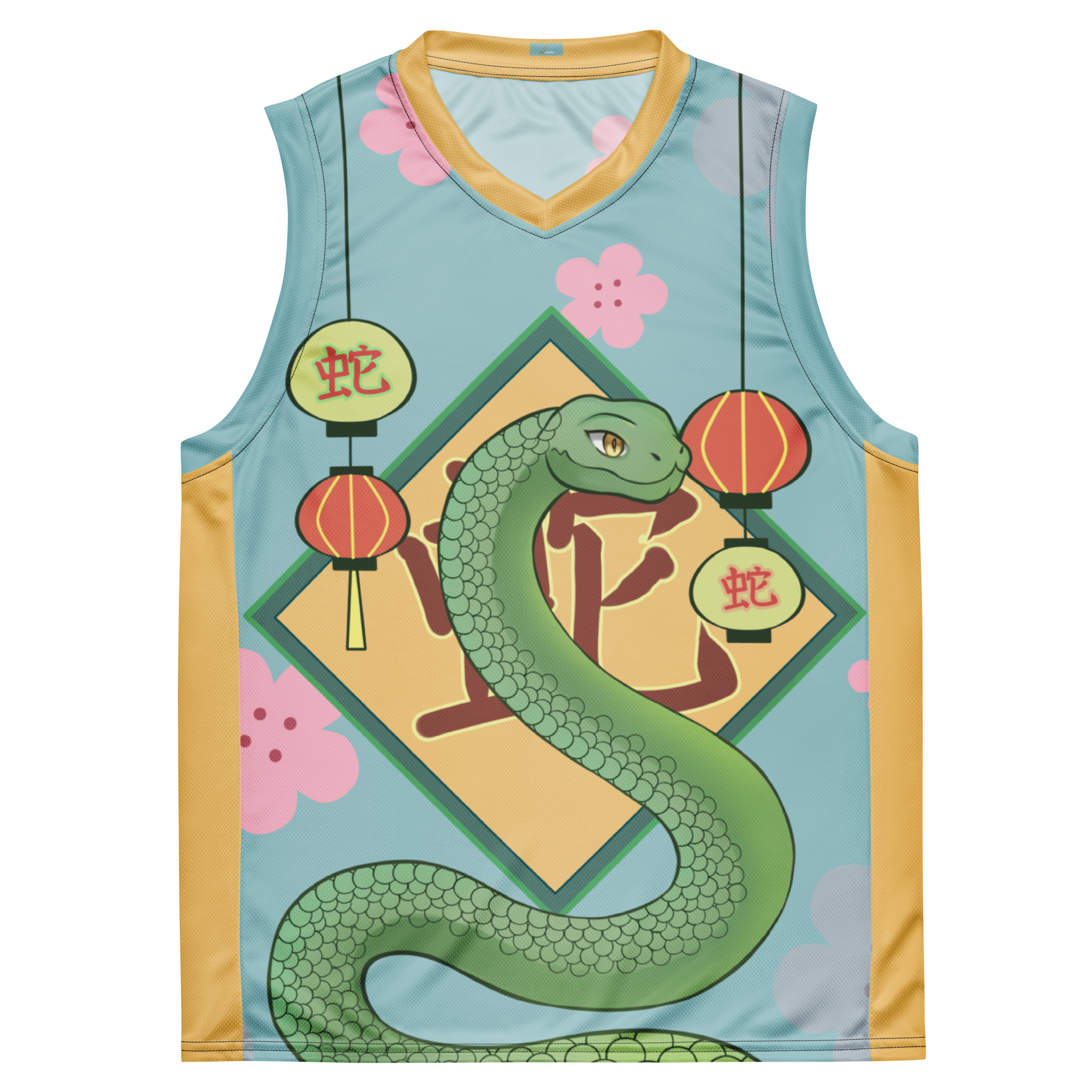
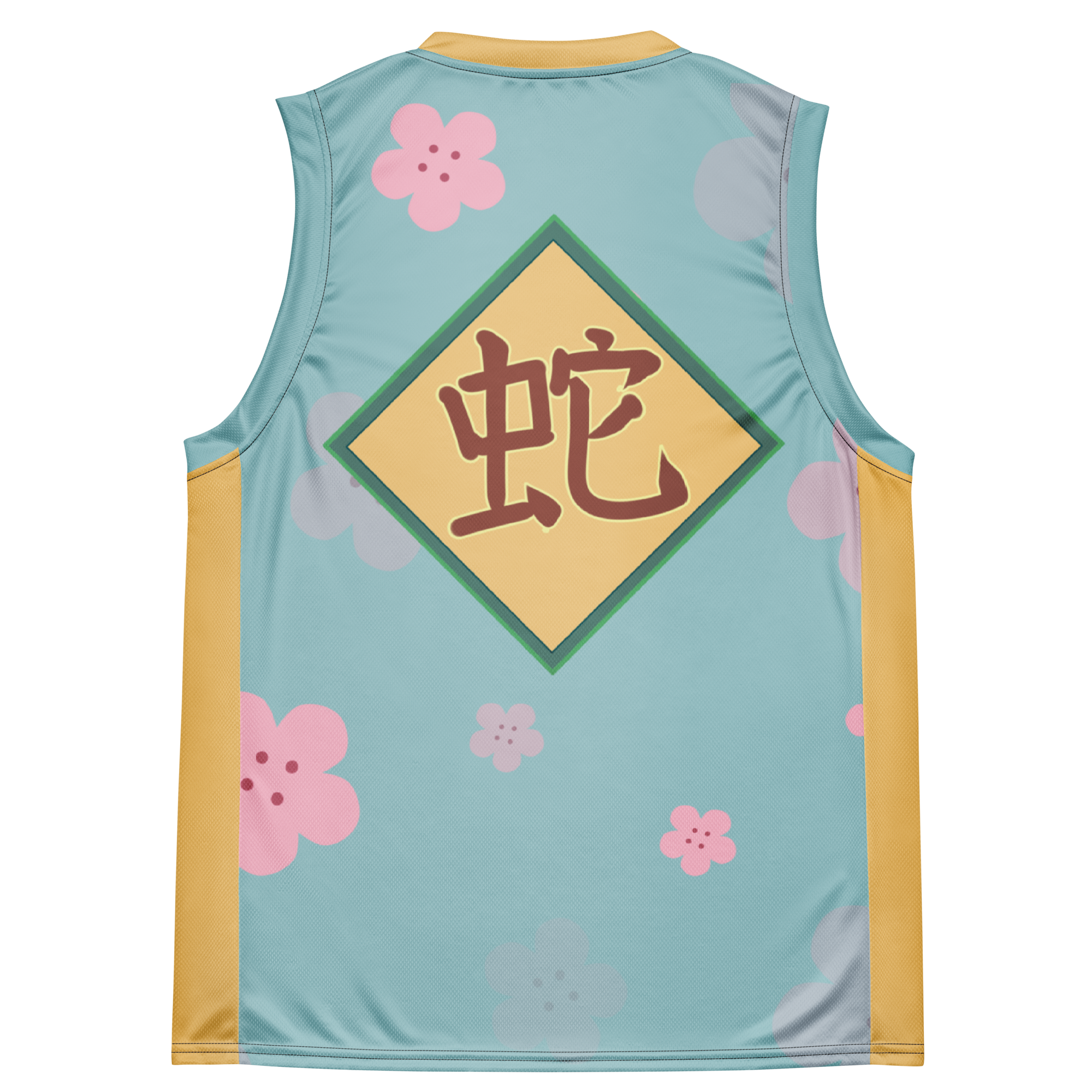












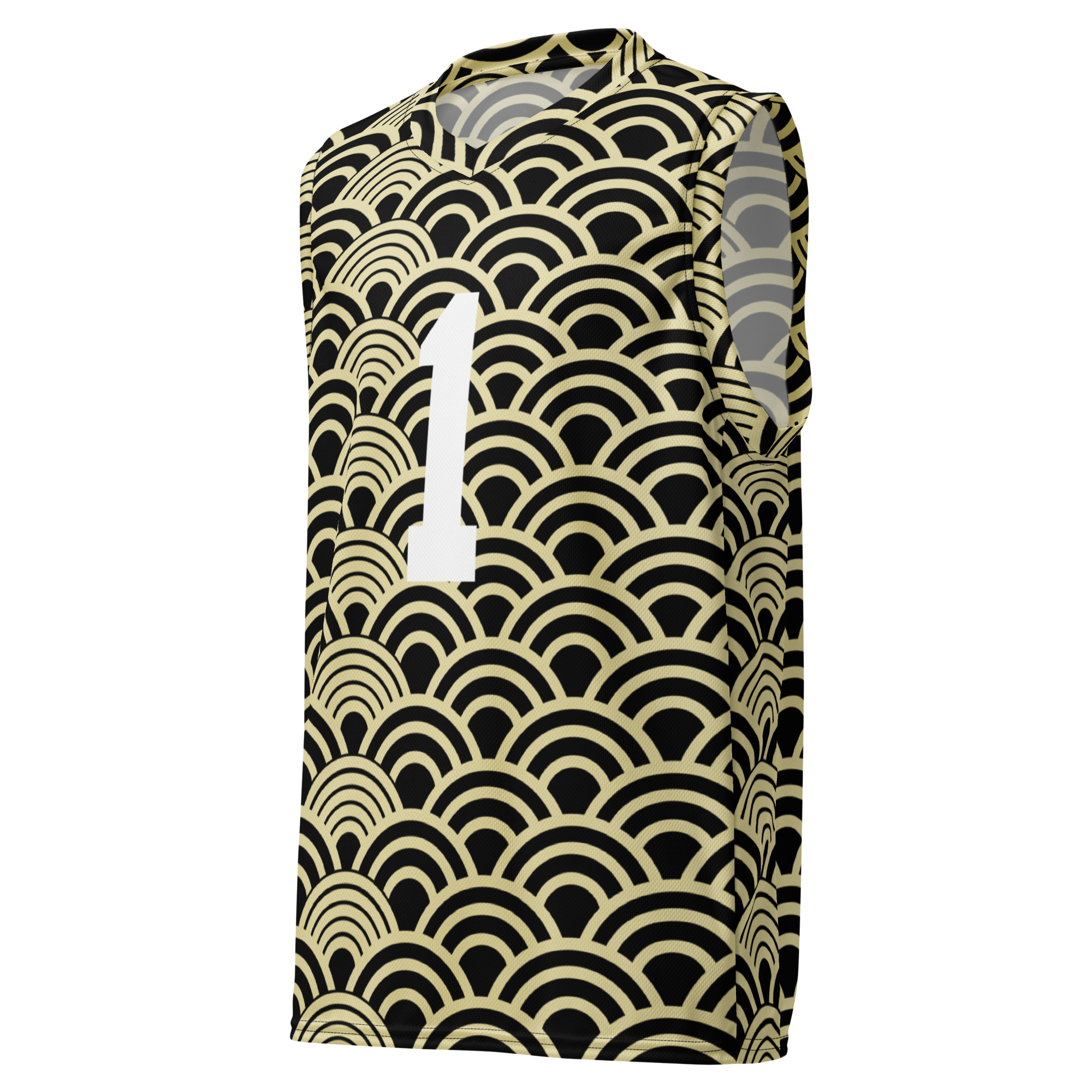
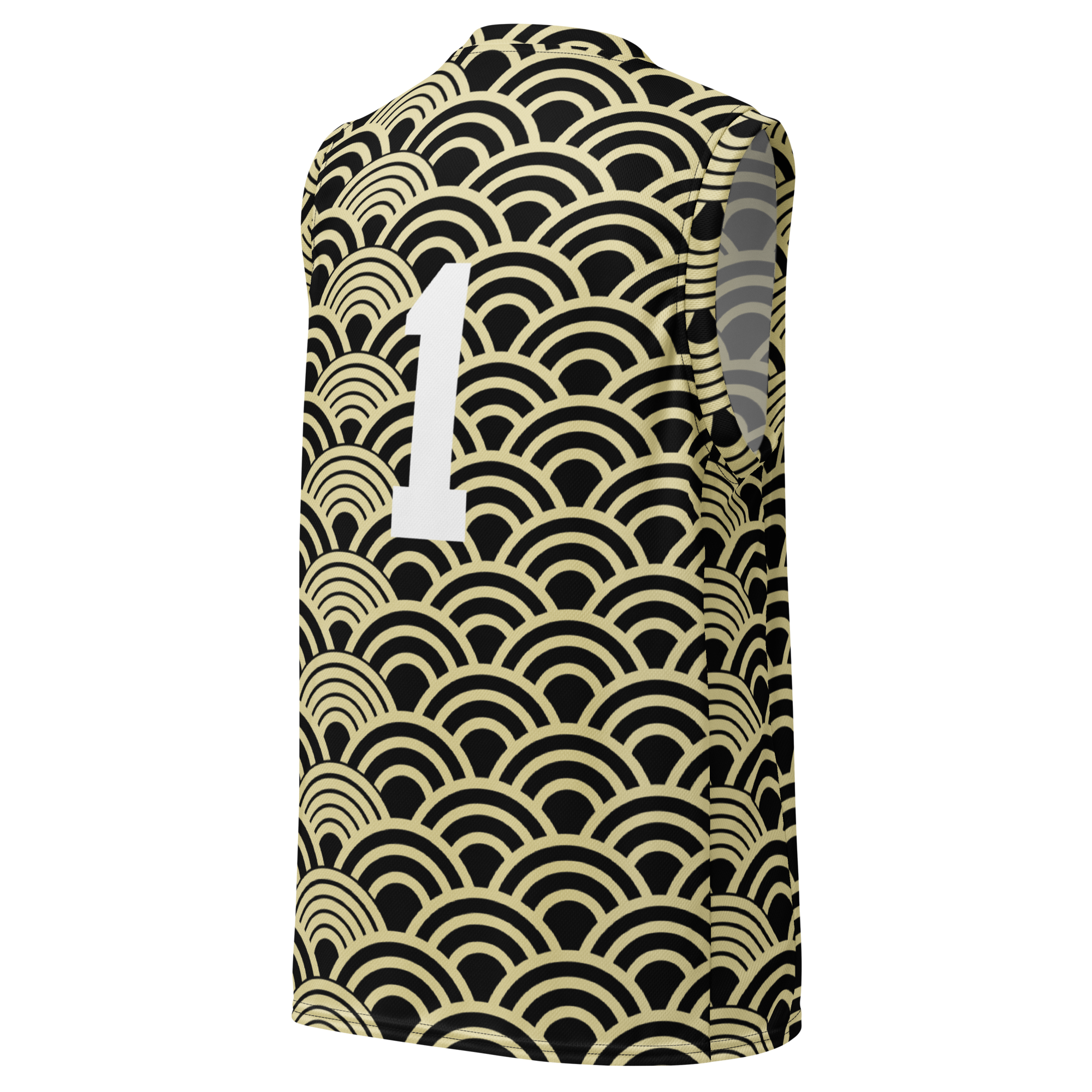
Dejar un comentario